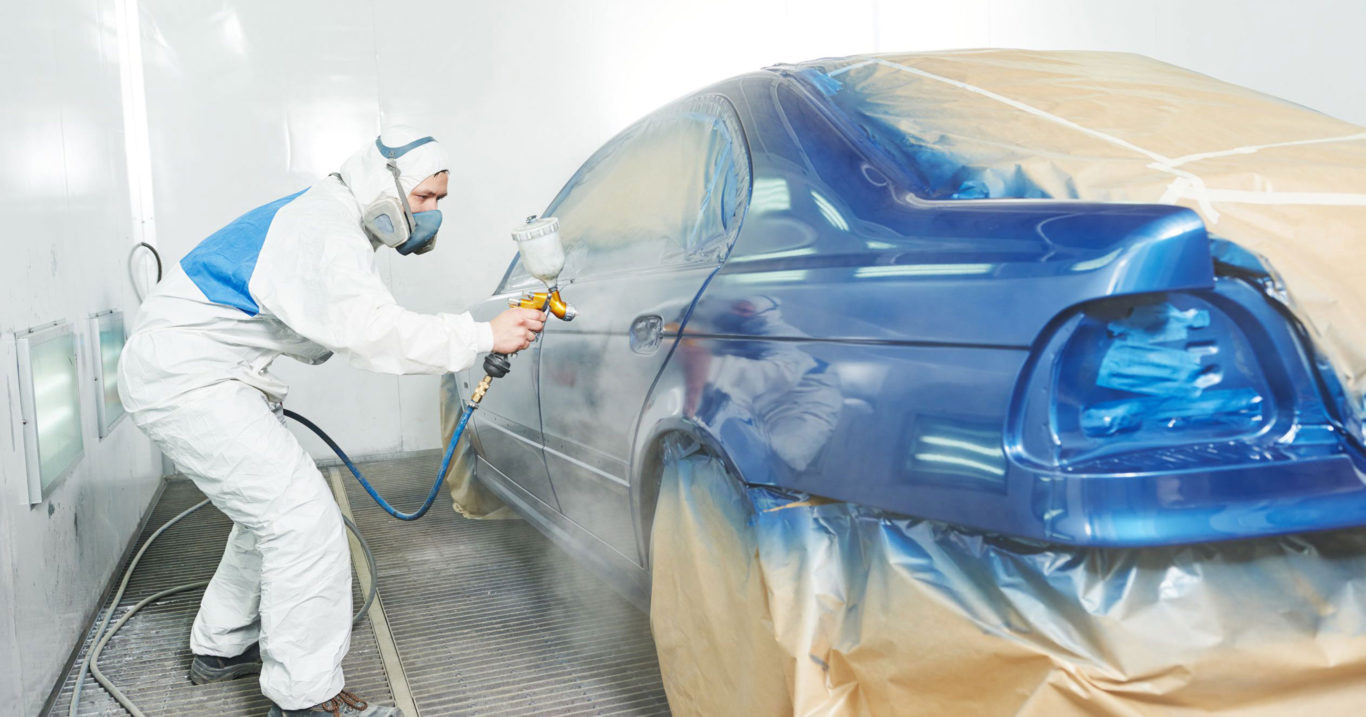
Your Guide to Industry Jargon
The only way to truly understand the world of automotive paint is to speak the language. Here is a reference.
When it comes to automotive paint, we all basically want the same things – look great and protect our vehicle. Although we are all searching for essentially the same things, the world of automotive paint can be confusing. To help you along on your journey to a beautiful paint job, we’ve compiled an alphabetical list of definitions for common vernacular.
Basecoat
The basecoat is part of a two-part painting system, involving a basecoat and a clearcoat. The basecoat is the first layer of paint and is usually strongly coloured.
Clearcoat
The clearcoat is applied on top of the basecoat. The clearcoat has no colour (is completely transparent) and is used to protect the basecoat and gloss to the finished product.
Chip Guard
The chip guard is added to protect parts of the vehicle from damage caused by road debris. Chip guards are usually applied to panels that are lower on the body of the car.
Coat
Simply, a layer of paint.
Direct Gloss
This type of paint is used instead of a basecoat/clearcoat system. Direct gloss paint contains pigment, gloss, and is very durable, thus requiring no clearcoat
Enamel
This is a type of topcoat that forms a film during the drying process
Gloss
Gloss is a measurement of how well a painted surface reflects light. For example, a mirror is the highest level of gloss possible. Level of gloss varies depending on the paint used and is something that can be controlled by the paint shop.
Island Detail & Colour
Victoria’s experts at paint restoration, rock damage, bumper repair, rim repair, and restoration of all exterior mouldings including headlights, door jams, and wiper arms. If we have missed any terms you would like clarified, or would like to schedule an appointment, please just give us a shout.
Masking
Masking is used during the painting process to protect areas of the car that aren’t to receive any paint. For example, masking is used to protect your headlight from being painted shiny red.
Pigment
Pigment is an insoluble compound that gives paint colour. Pigment is mixed into the paint to create the desired colour.
Primer
A primer is the first layer of a paint system, as it can be applied to an unpainted surface. The primer is used to protect the unpainted surface, as well as help the next layer of paint stick.
Primer-Sealer
A primer-sealer is a combination of, you guessed it, primer and sealer. As it does the job of both, a primer-sealer will seal the surface below (often one that has been previously painted and sanded down) as well as prep the surface for the next layer of paint.
Sealer
A sealer is similar to a primer, but it is used on surfaces that have been previously painted. Sealers help seal in old paint so that new paint can shine uninterrupted.
Substrate
Substrate is the term used for any unpainted surface.
Tint and Blend
This term describes a process in which pigment is mixed into the paint in an attempt to recreate an existing colour. The paint is then added to the surface and blended to match.
Tinter
This term refers to a coloured pigment or paint that is added to a batch of paint to help reach its intended hue.